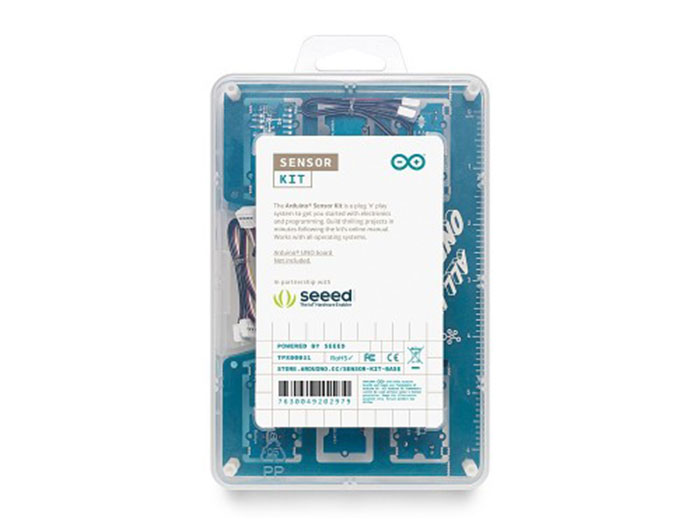
In the modern world, sensors—of which some are printed and flexible—are essential. They serve as the link between the real and virtual worlds, measuring an enormous variety of physical properties. Printed sensors, as the name suggests, are sensors that are printed onto rigid or flexible substrates utilizing functional inks that may be processed in a solution. As a result, printed sensors may be made at drastically lower costs in huge quantities utilizing proven manufacturing processes.
Printed and flexible sensors can measure a plethora of physical interactions, including touch, force, pressure, displacement, temperature, electrical signals, as well as detecting gases. One of the earliest, and now most ubiquitous, printed sensor technologies is printed force sensors, which are found in cars for seat belt occupancy detection. Printed sensors find applications in commercial sectors such as automotives, healthcare, wearables, consumer electronics, industry, and logistics.
With regard to this subject, IDTechEx is in a very special position. The analyst team draws from many years of following new technology markets, with a focus on printed electronics—a crucial component of printable and flexible sensors—among them. In the past, IDTechEx has provided assistance for this by concurrently hosting the top industry conferences and exhibitions pertaining to printed, flexible, and wearable electronics. The analysis in this report was made easier by IDTechEx's special capacity to create a network in certain subject areas.
This report critically evaluates eight printed sensor technologies, covering printed piezoresistive sensors and force sensors (FSRs), piezoelectric sensors, photodetectors, temperature sensors, strain sensors, gas sensors, capacitive touch sensors, and wearable electrodes. The report also discusses areas of innovation in manufacturing of printed sensors, including focus on emerging material options as well as the technology underlying the manufacturing process. This report characterizes each application of printed sensors, discussing the relevant technology, product types, competitive landscape, industry players, pricing, as well as key meta-trends and drivers for each sector. The report also contains detailed printed and flexible sensors market forecasting over 10 years for each of the key printed sensor technology areas.
The research behind the report has been compiled over many years by IDTechEx analysts. It builds on existing expertise in areas such as sensors, wearable technology, flexible electronics, stretchable and conformal electronics, smart packaging, conductive inks, nanotechnology, future mobility and electronic textiles. The methodology involved a mixture of primary and secondary research, with a key focus on speaking to executives, engineers, and scientists from companies developing printed and flexible sensors. As such, the report analyses all known major companies and projects, including over 35 profiles.
Related The Potential of 3D Printed Electronic Skin
Regarding the eight printed sensor technology sectors that are concerned, this study offers vital market intelligence. This comprises:
This report provides critical market intelligence about the 8 printed sensor technology areas involved. This includes:
A review of the context and technology behind printed and flexible sensors:
• History and context for each technology area
• General overview of important technologies and materials
• Overall look at printed and flexible sensor trends and themes within each technology area
• Benchmarking and analysis of different players throughout


